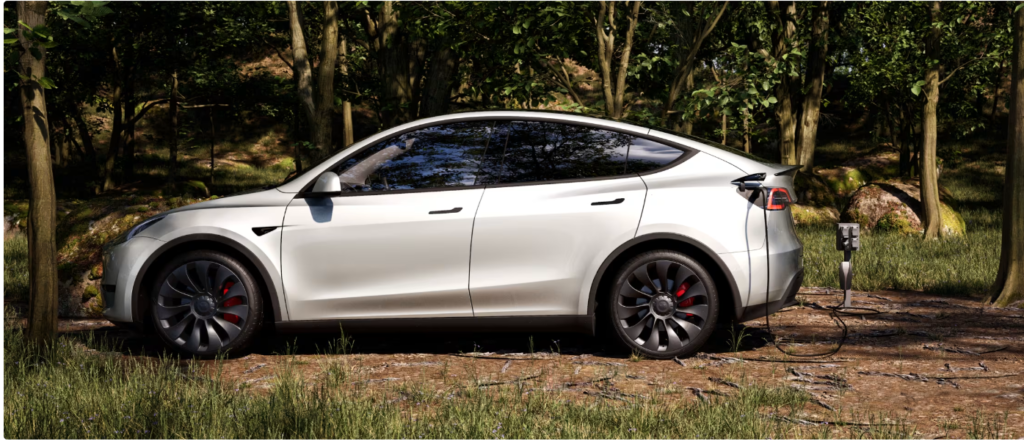Tesla is making strategic strides towards utilizing lithium-iron-phosphate (LFP) batteries while ensuring eligibility for the full EV tax credit. Reports suggest that Tesla is not only embracing LFP technology but is also expanding its battery production facility in Nevada, unveiling a fascinating collaboration with China’s Contemporary Amperex Technology Limited (CATL).

Tesla’s choice to acquire idle machinery from CATL, a renowned leader in LFP batteries, reflects a calculated move. LFP batteries have emerged as a game-changer in the EV industry due to their durability, extended range capabilities, and, perhaps most significantly, cost-effectiveness.
The collaboration with CATL is poised to position Tesla at the forefront of cutting-edge battery technology.
Unlike conventional partnerships seen in the automotive sector, Tesla is taking a unique approach. While other manufacturers, like Ford, have opted to license CATL technology, Tesla is set to exercise 100% control over the Nevada facility.
- 2024 bZ4X PRICE & REVIEW
- The 2024 SANTA CRUZ PRICE & REVIEW
- OFFICIAL: Lamborghini Huracan Successor Going Hybrid, Two EVs Coming By 2029
CATL personnel will play a supportive role in setting up the machinery, but the key differentiator lies in Tesla’s unprecedented autonomy over both the facility and associated costs.
The 2024 Inflation Reduction Act introduced stringent rules regarding EV tax credits, particularly concerning the source of battery components. Any affiliation with a foreign entity of concern (FEOC) poses a disqualification risk. Tesla, however, appears to have navigated this regulatory challenge ingeniously.
By acquiring idle machinery from CATL and establishing local production of LFPs, Tesla aims to bypass the restrictions, potentially allowing its LFP-equipped Teslas to qualify for federal tax credits.

The IRA identifies FEOCs, including the People’s Republic of China (PRC), as entities of concern. Despite the regulations tightening in 2025, stipulating restrictions on critical minerals as well, the use of equipment from an FEOC remains permissible. This strategic move positions Tesla as a pioneer in compliance with evolving regulations.
While the new facility is expected to become operational in 2025, sources suggest that it will initially have a limited output of approximately 10 gigawatt-hours (GWh). This production capacity is projected to expand significantly if the project progresses seamlessly and the supply chain is firmly established.
The facility is anticipated to cover 20% of Tesla’s battery production in North America, including contributions to the company’s Megapack production at its California battery factory.
This venture not only underscores Tesla’s commitment to innovation but also reflects a strategic maneuver to secure a reliable source of LFP batteries, a critical component in the production of Tesla’s electric vehicles.
In the dynamic landscape of electric vehicles, Tesla’s move to incorporate LFP batteries through collaboration with CATL stands out as a visionary strategy. This pioneering partnership not only showcases Tesla’s commitment to cutting-edge technology but also demonstrates its ability to navigate complex regulatory frameworks.
As the electric vehicle market continues to evolve, Tesla’s innovative approach to battery production positions it as a frontrunner in sustainable and compliant manufacturing. The prospect of LFP-equipped Teslas qualifying for federal tax credits adds a compelling dimension to Tesla’s vision for the future of electric mobility. Watch this space as Tesla reshapes the narrative of battery production in the electric vehicle era.